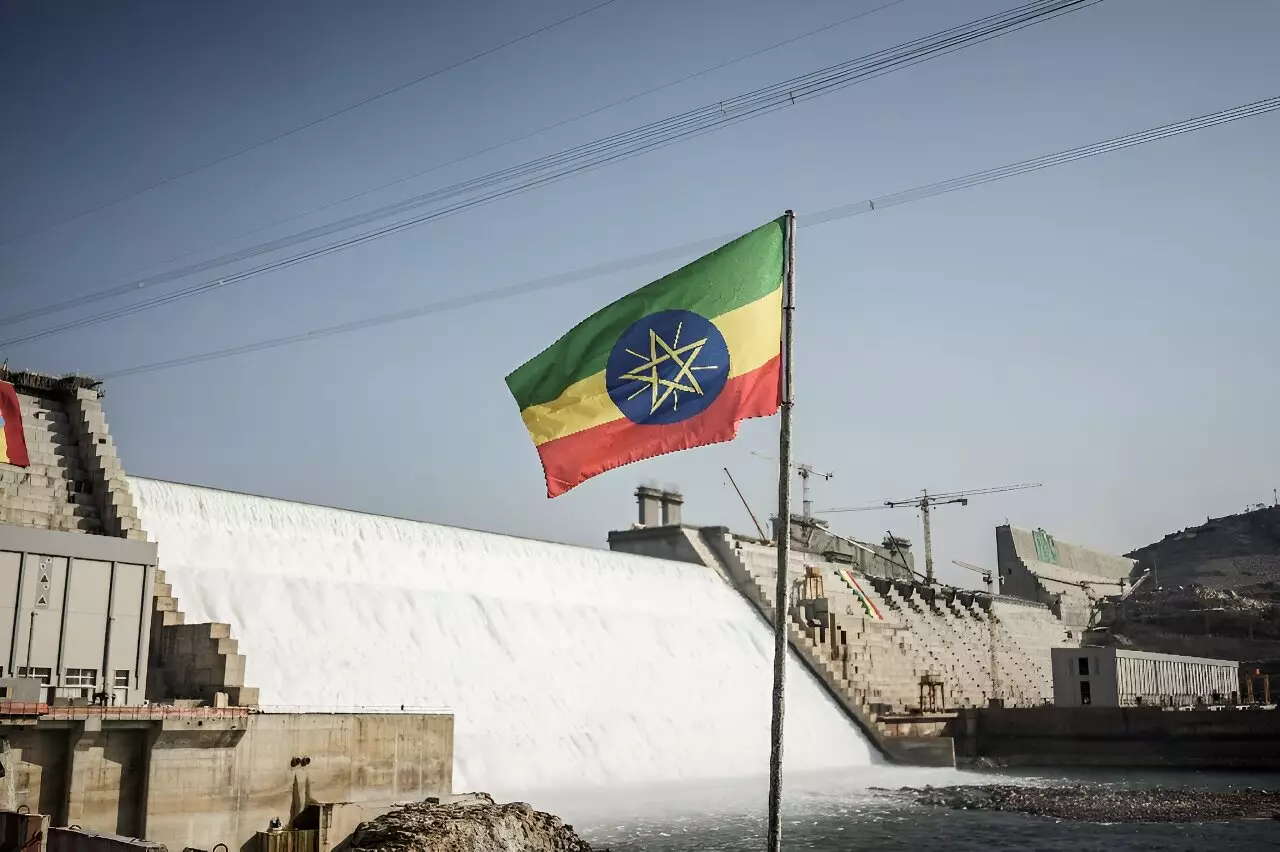Ethiopia recently announced that it has significantly increased its electricity production from the Grand Ethiopian Renaissance Dam (GERD) on the Blue Nile. The addition of two more turbines has brought the total electricity output to 1,550 megawatts. This massive project has been a point of contention between Ethiopia, Egypt, and Sudan due to its potential impact on downstream countries.
Transition to Operation Phase
The completion of the construction phase at the GERD signifies a crucial transition to the operation phase. The dam now has four turbines in operation, with each generating either 400MW or 375MW. In addition to the electricity production, the spillways are releasing 2,800 cubic meters of water to the downstream countries, aiming to address concerns regarding water flow and supply.
The GERD, with a length of 1.8 kilometers and a height of 145 meters, has the capacity to produce more than 5,000 megawatts of power once all 13 turbines are operational. While Ethiopia views the dam as essential for its development and electrification, downstream nations, especially Egypt, have raised concerns about its impact on Nile water access. The region has witnessed on-off negotiations, but a three-way agreement remains elusive.
Egypt, heavily reliant on the Nile for its water needs, sees the GERD as a potential threat to its water security, as it fears a decrease in water flow due to the dam. Sudan’s position has also been uncertain, given its internal challenges. Despite Ethiopia’s assurances that the dam will not negatively affect downstream countries, the lack of a comprehensive agreement has fueled tensions in the region.
Prime Minister Abiy Ahmed of Ethiopia has emphasized the role of the GERD in managing water flow, reducing flood risks, and ensuring a steady water supply during droughts for downstream nations. Ethiopia’s perspective on the dam’s benefits focuses on its potential to enhance regional water management and address water-related challenges in the Nile Basin.
While the GERD represents a significant step towards increasing Ethiopia’s electricity production, efforts to address the country’s energy deficit are ongoing. The World Bank has proposed a plan to support Ethiopia in expanding its electricity network and diversifying its energy sources. The goal is to reduce poverty, improve socio-economic conditions, and expand access to clean energy alternatives such as solar, wind, and geothermal power.
The Grand Ethiopian Renaissance Dam stands as a symbol of Ethiopia’s ambitions for energy security and economic development. However, the dam’s construction and operation continue to be a subject of regional tensions and uncertainty. Addressing the concerns of downstream nations and finding mutually beneficial solutions will be crucial in ensuring sustainable water management and energy production in the Nile Basin.


Leave a Reply